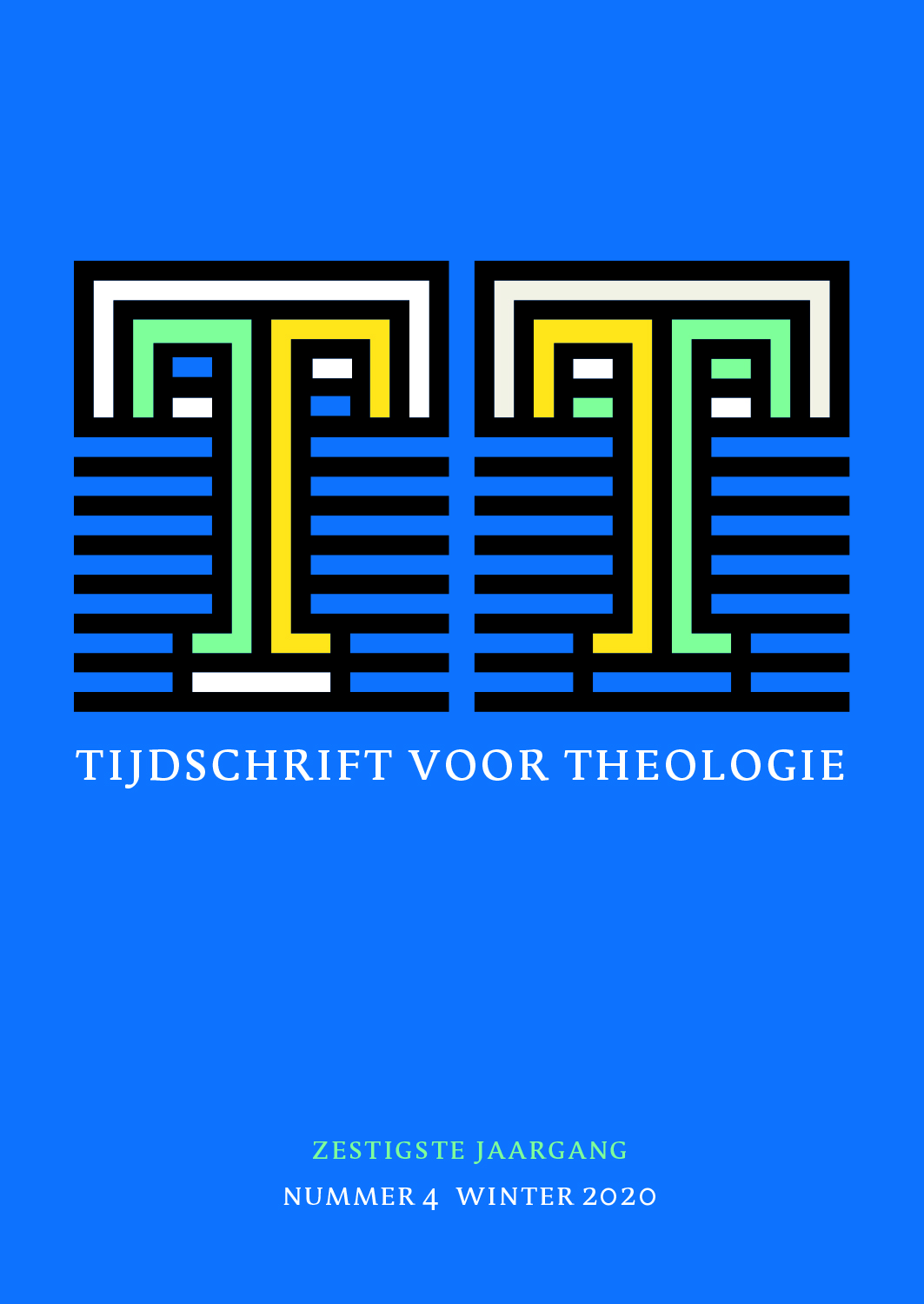 previous article in this issue previous article in this issue | next article in this issue  |

Preview first page |
Document Details : Title: Ibi deus ubi consensus Subtitle: Waarom de samenleving beelden nodig heeft – en welke Author(s): BOCKEN, Inigo Journal: Tijdschrift voor Theologie Volume: 56 Issue: 4 Date: 2016 Pages: 314-333 DOI: 10.2143/TVT.56.4.3197418 Abstract : Als de levensweg van de Duitse theoloog, filosoof, politicus en later kardinaal Nicolaus Cusanus (1401-1464) die in Bernkastel-Kues aan de Moezel begon, in één begrip zou kunnen worden samengevat, dan is dat zeker het niet-aflatende, rusteloze en vaker falende dan slagende zoeken naar concordantia. Tilman Borsche kwam onlangs met een hele lijst van mogelijke vertalingen van concordantia: overeenstemming, eendracht, samenklank/harmonie der harten, eensgezindheid, letterlijk: ‘mede-hartigheid’, van één zin/ één geest zijn. Dat Cusanus’ zoeken een leven lang zou duren, dat het steeds weer opnieuw begon en wel moest beginnen, omdat een gevonden overeenkomst weer eens niet voldoende was, laat zien hoe sterk de noodzaak van concordantia geweest moet zijn – niet alleen in de politieke praktijk van zijn leven, maar ook in de filosofische, spirituele en politieke geschriften die deze politieke praktijk begeleidden en er tegelijk een uitdrukking van vormden. Er zal vrijwel geen andere figuur te vinden zijn in de geschiedenis van de Europese filosofie bij wie het politieke leven en de theorie – zijn theorie van de concordantia – zo fundamenteel met elkaar verweven zijn als bij Nicolaus Chryfftz von Kues die ter wereld kwam in een eenvoudig burgerlijk gezin in Kues aan de Moezel. Van daaruit zou hij steeds verdere reizen maken, tot ver buiten het dal van de Moezel en zou hij uiteindelijk de gehele wereld, zoals die op dat moment in West-Europa bekend was, bereizen: van Deventer naar Padua, van Hildesheim naar Bazel, van Rome naar Constantinopel. Hij was voortdurend onderweg van de ene plaats naar de andere, langs de Rijn, op de Donau of tot aan de IJssel, waar hij kind aan huis was bij de zusters en broeders des Gemenen Levens. Het leek haast, aldus Michel de Certeau, alsof hij een homme aux semelles de vent was, omdat hij onophoudelijk onderweg was en leerde in te zien dat de wereld er vanuit elk onderscheiden standpunt weer anders uitziet, dat de accenten verschuiven, de kleuren van het licht veranderen, de verschillende tonen en tussentonen. Datzelfde geldt ook voor fundamentele opvattingen over waarheid en gerechtigheid, over de rechtvaardige orde van de samenleving, die zo sterk van elkaar kunnen verschillen dat ze nauwelijks nog met elkaar in overeenstemming zijn te brengen, zoals hij als pauselijk gezant soms pijnlijk genoeg moest vaststellen. Door die ervaringen raakte hij vertrouwd met het idee dat in een oneindig universum het middelpunt overal is, zoals hij in zijn De docta ignorantia van 1440 opmerkte. The search for social concordance is one of the major challenges of modern society. From the start of the early modern age, this concordance appears to be difficult to establish. Theoretically too, a social consensus on shared values and truths seems to be ever less achievable. This search for common ground – concordantia – is also central to the work of late medieval philosopher Nicolaus Cusanus (1401-1464), who stood at the threshold of the modern age. This article attempts to interpret Cusanus’ ideas about concordantia against the background of the current difficulty of achieving social concordance. It will contrast them with the important discussions in current political theory, in particular Jacques Rancière’s critique of consensual democracy. The main focus will be the conditions of social consensus. The starting point will be an early work by this theologian, philosopher and politician of the fifteenth century, De concordantia catholica, written during Cusanus’ participation in the eventful Council of Basel (ca. 1430-1435), which was never officially concluded and mainly dealt with the problem of top-down authority versus bottom-up consent. The way in which the council was conducted meant that concordance between reformist conciliarists and the rather more conservative papalists could never be achieved. De concordantia catholica is a collection of legal, political, philosophical and theological arguments, part systematic and geared towards the current events of those days, part historical, even to such an extent that the book is often regarded as the first comprehensive history of law. Although the book has its background in the classical, hierarchical idea of the Church and the world that can be found in Dionysius Areopagita, Cusanus’ historical approach undermines the static nature of this ontological framework and turns it into a dynamical topic for discussion. In this book, Cusanus distances himself from the nominalist-voluntarist thinking of his age, although he is fully aware of the fact that a consensus can never be reached through argument. Consensus is needed as it is presupposed in the conversation, and yet it escapes any attempt at definition, time and again. That is why Cusanus proposes that in finding consensus, we see something of God (ibi deus, ubi consensus). This ability to cope with the indeterminacy of a consensus presupposes the virtue of equity (aequitas, epieikeia, epikie). Hence this article concludes with an appeal for equity. |
|


